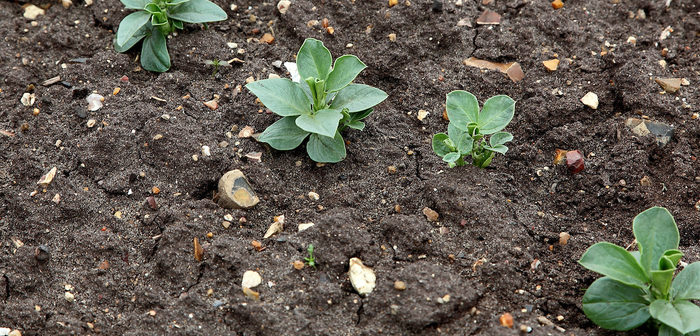With the key post emergence herbicide propyzamide expected to be in short supply this autumn due to transport and logistical challenges, late oilseed rape and winter bean growers must look for alternative chemistry in the fight against grassweeds.
With post emergence herbicide options now very limited, particularly in winter beans, the most effective alternative option is to apply a robust dose of pre-emergence residual chemistry such as Centium (clomazone).
FMC commercial technical manager Jeff Fieldsend says clomazone is very dose responsive and when applied at the maximum dose rate of 0.33l/ha can significantly reduce the ability of blackgrass and other grassweeds to establish, therefore reducing its ability to compete with the crop at this important early development.
“With current crop prices the financial risks are too high to ignore a pre-emergence residual herbicide if supplies of propyzamide cannot be guaranteed,” he says. “And with carbetamide no longer available to control blackgrass in oilseed rape there are even fewer options in the armoury.”
In winter beans he says the herbicide options are even less. Centium, prosulfocarb and pendimethalin offer the only defence against a range of difficult weeds without pre emergence propyzamide.
“Centium applied post drilling but pre-emergence of the crop at a rate of 0.33l/ha can give effective activity of grassweeds, particularly blackgrass and wild oats, as well as control of key broadleaved weeds,” he says. “In winter beans as much residual activity as possible is needed to control blackgrass, therefore higher rates of Centium are essential because of the lack of post-emergence grassweed options.
“The higher pre-emergence rate gives stronger activity and greater persistence against key grassweeds and broadleaved weeds such as cleaver, hedge mustard, chickweed and shepherds purse.”




